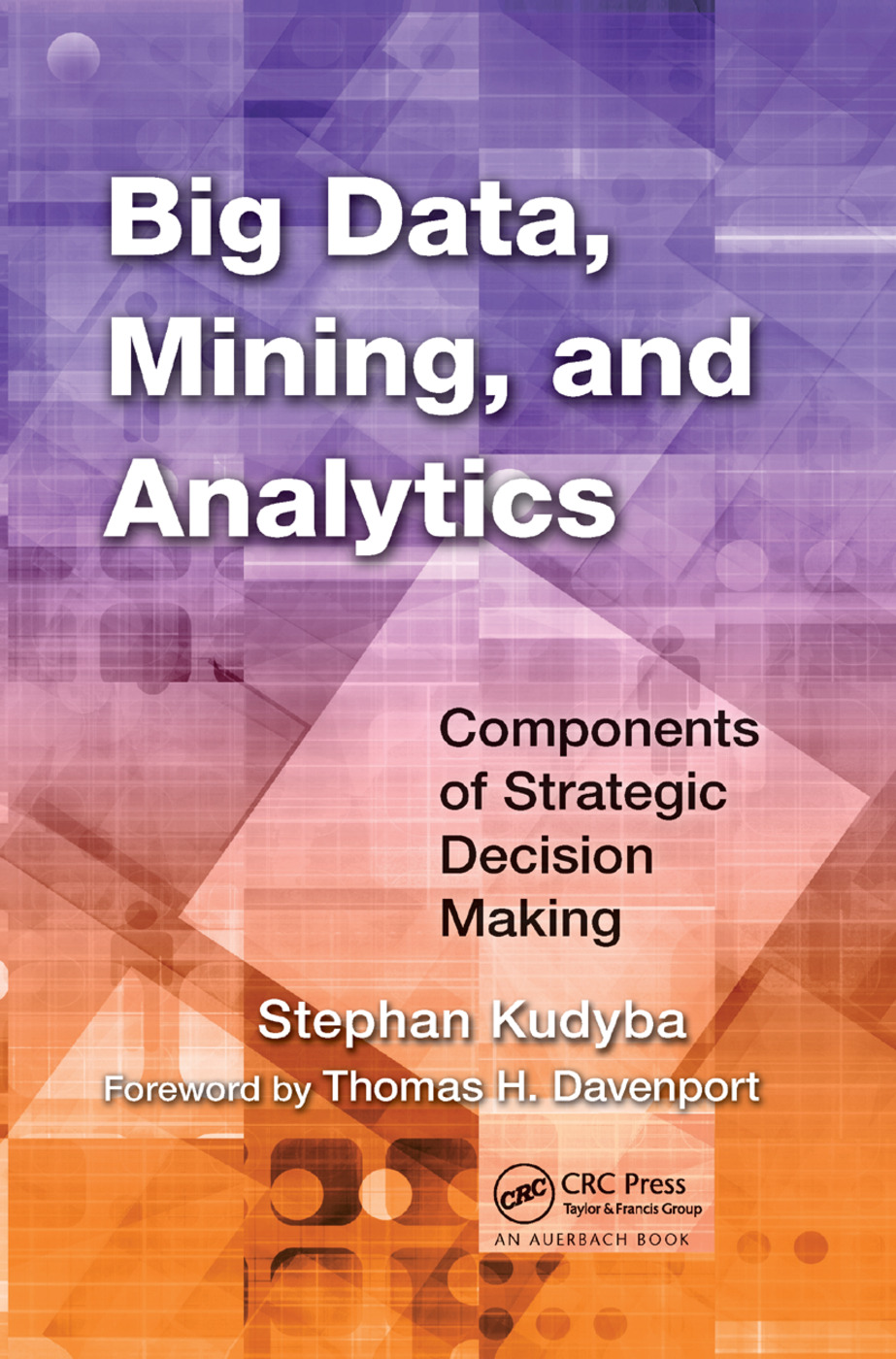$p$-Norm Broad Learning for Negative Emotion Classification in Social Networks
IF 6.2
1区 计算机科学
Q1 COMPUTER SCIENCE, ARTIFICIAL INTELLIGENCE
引用次数: 4
Abstract
Negative emotion classification refers to the automatic classification of negative emotion of texts in social networks. Most existing methods are based on deep learning models, facing challenges such as complex structures and too many hyperparameters. To meet these challenges, in this paper, we propose a method for negative emotion classification utilizing a Robustly Optimized BERT Pretraining Approach (RoBERTa) and社交网络中消极情绪分类的$p$-范数广义学习
负面情绪分类是指对社交网络中文本的负面情绪进行自动分类。现有的大多数方法都基于深度学习模型,面临着结构复杂和超参数过多等挑战。为了应对这些挑战,在本文中,我们提出了一种利用鲁棒优化的BERT预训练方法(RoBERTa)和$p$-normal广义学习($p$-BL)进行负面情绪分类的方法。具体而言,本文主要有三点贡献。首先,我们对RoBERTa进行了微调,使其适应负面情绪分类的任务。然后,我们使用微调的RoBERTa来提取原始文本的特征并生成句子向量。其次,我们采用$p$-BL构造分类器,然后使用该分类器预测文本的负面情绪。与深度学习模型相比,$p$-BL具有结构简单、仅为3层、需要训练的参数较少等优点。此外,它可以通过灵活地更改$p$的值来抑制数据中更多异常值和噪声的不利影响。第三,我们在公共数据集上进行了广泛的实验,实验结果表明,我们提出的方法在测试数据集上优于基线方法。
本文章由计算机程序翻译,如有差异,请以英文原文为准。
求助全文
约1分钟内获得全文
求助全文
来源期刊

Big Data Mining and Analytics
Computer Science-Computer Science Applications
CiteScore
20.90
自引率
2.20%
发文量
84
期刊介绍:
Big Data Mining and Analytics, a publication by Tsinghua University Press, presents groundbreaking research in the field of big data research and its applications. This comprehensive book delves into the exploration and analysis of vast amounts of data from diverse sources to uncover hidden patterns, correlations, insights, and knowledge.
Featuring the latest developments, research issues, and solutions, this book offers valuable insights into the world of big data. It provides a deep understanding of data mining techniques, data analytics, and their practical applications.
Big Data Mining and Analytics has gained significant recognition and is indexed and abstracted in esteemed platforms such as ESCI, EI, Scopus, DBLP Computer Science, Google Scholar, INSPEC, CSCD, DOAJ, CNKI, and more.
With its wealth of information and its ability to transform the way we perceive and utilize data, this book is a must-read for researchers, professionals, and anyone interested in the field of big data analytics.
 求助内容:
求助内容: 应助结果提醒方式:
应助结果提醒方式:


